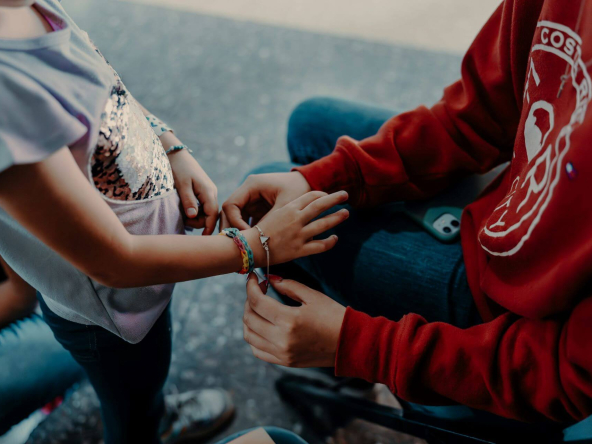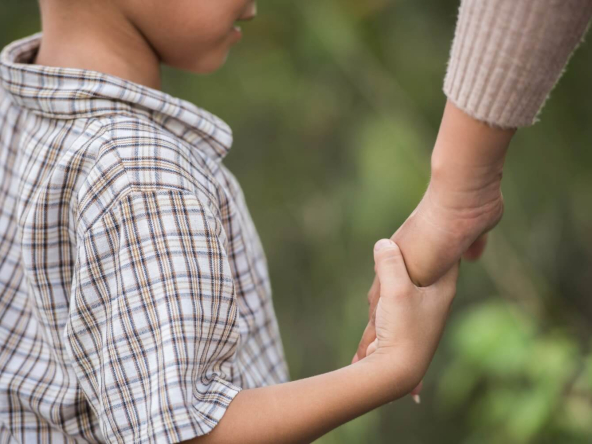Every June 12, Filipinos around the world celebrate Philippine Independence Day, or Araw ng Kalayaan. More than just a national holiday, it’s a moment to honor the sacrifices of our ancestors and reflect on the freedom we enjoy today. This isn’t only about fireworks or parades: it’s about appreciating our daily liberties, the security of our homes, and the people we share them with.
Even in today’s digital-centered world, celebrating Independence Day at home offers a deeply personal way to reconnect with our roots, values, and identity as Filipinos. Whether you’re living in a high-rise condo in the city or a peaceful subdivision in the suburbs, this day can be made meaningful right within the walls of your forever home.
The Roots of Philippine Freedom: Understanding Our Past
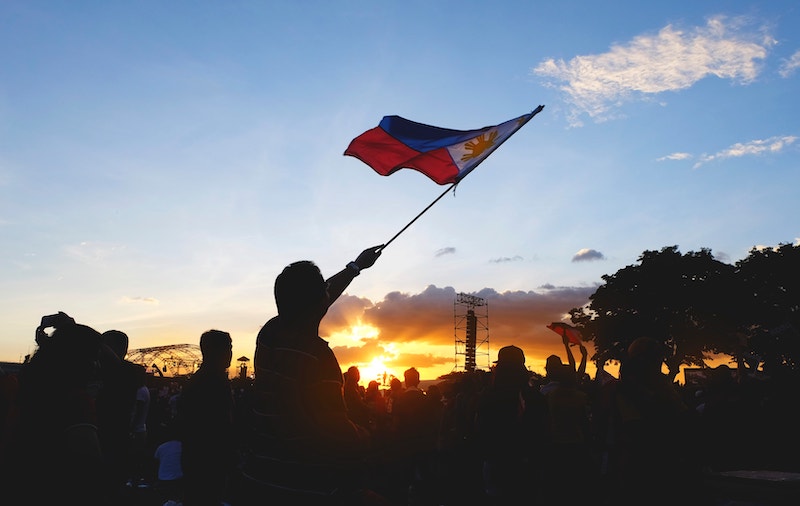
A Nation Born in Revolution
Independence Day is not just a holiday, it is when Filipinos gather to commemorate the 1898 declaration of freedom from Spanish rule after more than 300 years of colonization. On this day, Emilio Aguinaldo raised the Philippine flag and the national anthem played for the first time in Kawit, Cavite. This declaration was a bold and symbolic step in the fight for self-governance, even though true independence came years later.
But Independence Day didn’t mark the end of struggles. After Spain ceded the Philippines to the United States through the Treaty of Paris, Filipinos faced a new colonizer. The Philippine-American War followed, bringing more hardship and resistance. It wasn’t until July 4, 1946, that the Philippines gained full independence. The independence day was originally part of the country’s July celebrations. This is a date still remembered but later changed officially to June 12 to honor our original assertion of sovereignty from Spain.
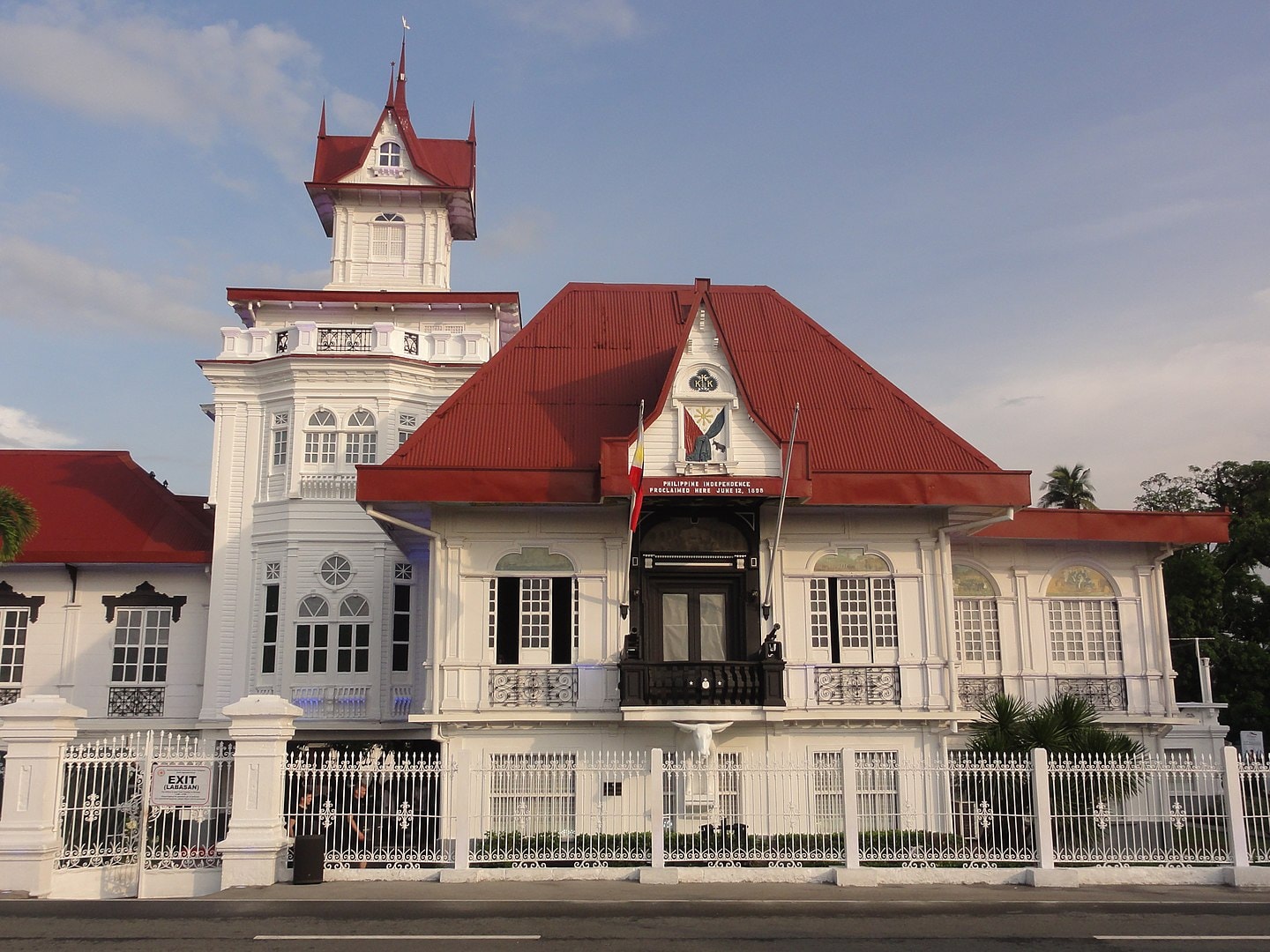
Image source: Patrick Roque – https://commons.wikimedia.org/w/index.php?curid=81558656
Heroes who shaped our nation
An Independence Day parade will not be complete without the showcase of patriotic colors and images of patriots like Jose Rizal, whose writings inspired the revolution, and Andrés Bonifacio, who led the armed struggle through the Katipunan. Other figures like Apolinario Mabini, Melchora Aquino, and Gregoria de Jesús also played key roles in awakening a national identity.
Teaching these stories to our kids and other family members doesn’t require a classroom. It can be a casual discussion over the dinner table, through storytelling, or even movie nights featuring historical films. Our homes become learning spaces that keep the flame of patriotism alive.
Modern Independence Day celebrations at home

Sporting patriotic vibes indoors
One meaningful way to celebrate Independence Day is by embracing Filipino culture inside our homes. Adorn your space with red, white, and blue decorations. Display miniature Philippine flags by the windows, on balconies, or in home offices. You can also hang historical posters or a photo of the Philippine flag to create a festive and respectful atmosphere.
Families can also play OPM (Original Pilipino Music), listen to patriotic playlists, or watch documentaries about the nation’s journey to independence. Apps like Spotify and YouTube are full of resources, from history podcasts to Filipino historical dramas.
Cooking and sharing patriotic treats
No Filipino celebration is complete without food. On Independence Day, make the kitchen a hub of tradition. Prepare dishes inspired by local favorites: adobo, sinigang, kare-kare, or arroz caldo. Make it fun by creating red, white, and blue-themed snacks using native ingredients. Get creative with fruit skewers with watermelon, coconut, and blueberries.
Families can also create fusion dishes: Filipino-style hot dogs, lechon manok sliders, or “freedom fries” with a twist. You can also cook together as a family to make more lasting memories and strengthen bonds across generations.
Games and activities for kids and adults alike
Keep the younger ones engaged with fun and educational activities, such as:
- Flag-making contests using recycled materials
- Quiz games about Philippine history
- Dress-up in traditional Filipino attire like the barong or terno
- Drawing or coloring the sun and stars of the Philippine flag
For adults, consider a karaoke challenge of songs that celebrate the Filipino spirit. Hosting an at-home trivia night focused on Filipino culture, food, and history is another great idea.
What independence means today

The home as a symbol of independence
Our ancestors fought for the right to determine their own destiny, and for many modern Filipinos, owning a home is part of fulfilling that dream. Whether it’s a first condo in the metro or a forever home in a gated community, property ownership reflects stability, dignity, and the freedom to shape your own life.
Homes are not only shelter but also spaces where traditions live on. They are where we celebrate birthdays, grieve losses, raise our kids, and teach them the value of freedom. When we decorate for Independence Day, share stories of national heroes, or prepare handa for the day, we are honoring that freedom with intention.
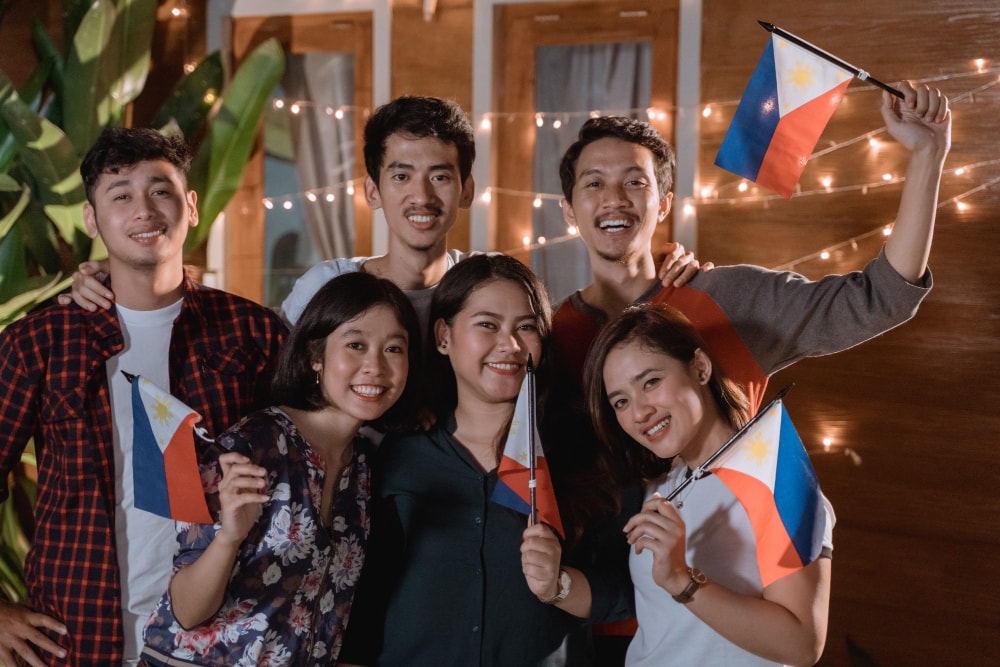
Togetherness in a changing world
In a world that sometimes feels divided or uncertain, Independence Day is a chance to reconnect with our loved ones, our history, and our sense of community. Celebrating with the whole family reminds us that independence is about being able to love, dream, and grow freely.
Whether you’re watching a livestream of a fireworks display or attending a local parade, doing it together with friends or family amplifies the meaning of the day. Even if we choose to stay inside, the act of celebrating in our own way—whether quiet or grand—is an affirmation that freedom matters.
The many faces of celebration
Digital celebrations and virtual gatherings
With the rise of digital platforms, many communities host virtual Independence Day programs, including concerts, live music, cultural shows, and webinars. Filipinos living abroad can tune in to local celebrations, ensuring that no matter where they are in the world, they feel connected to the Philippines.
You can host a virtual party with friends or relatives from different provinces or even different countries. Create a theme for the event, plan games, quizzes, or even a digital screening of a Filipino film. It’s a great way to bring people together and celebrate our shared identity despite physical distance.
Incorporating freedom into daily life
Freedom is not confined to a single date on the calendar. It’s present in the decisions we make, the conversations we have, and the legacies we build. We express our freedom when we:
- Vote during elections
- Choose what to believe and speak
- Educate our children about history
- Start businesses or choose our careers
- Support local artists and entrepreneurs
Our homes play a central role in all these aspects. They serve as launchpads for dreams and places of rest and safety. Reflecting on our country’s freedom while enjoying the liberty to shape our own routines is perhaps the most modern form of celebration there is.
Celebrating with a purpose
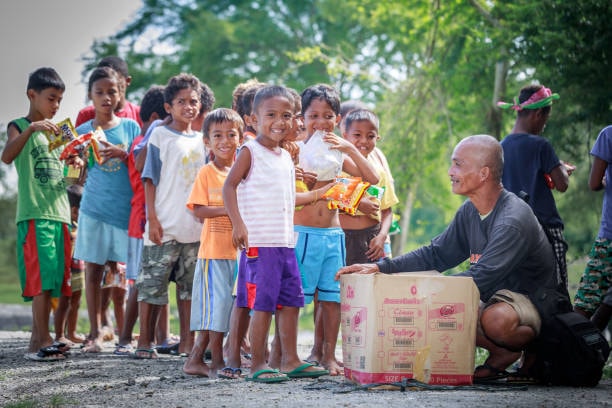
Giving back
Another meaningful way to celebrate Independence Day is by giving back. Volunteer as a family, donate to local causes, or support products made by Filipino artisans. Teaching kids the importance of citizenship (not just rights, but responsibilities) helps grow a generation that values service and contribution.
You can also support military and veterans through letters, care packages, or simply by educating young ones about the sacrifices these individuals make for the nation.
A mindful refelction
While we celebrate being free from Spanish rule, American occupation, and even British rule in earlier regional contexts, we must also ask: what are the modern forms of dependence that we need to address? Is it poverty, misinformation, or inequality? Independence Day can serve as a time of both pride and introspection. As individuals, we can evaluate our personal goals, what we need to break free from, and how we can grow.

Preserving history and traditions
Independence Day is a celebration of a rich and complex journey, from colonial resistance to full sovereignty, from hardship to triumph. But beyond its national importance, it holds deep meaning in our everyday lives. It reminds us that freedom isn’t just about waving flags or joining parades. It’s about the freedom to create, belong, and dream within the homes and communities we love.
In our fast-changing world, choosing to celebrate Independence Day at home is a powerful act. It shows that the spirit of freedom is alive not only in our cities and streets, but also in the warmth of family dinners, the laughter of children coloring flags, and the quiet pride we feel when we say, “I am Filipino.”
So light a candle, play that patriotic playlist, hang your flags, and gather your loved ones. Whether you’re remembering Rizal, singing the national anthem, or just having fun at your party, every act of remembrance adds to the legacy our heroes fought to preserve.
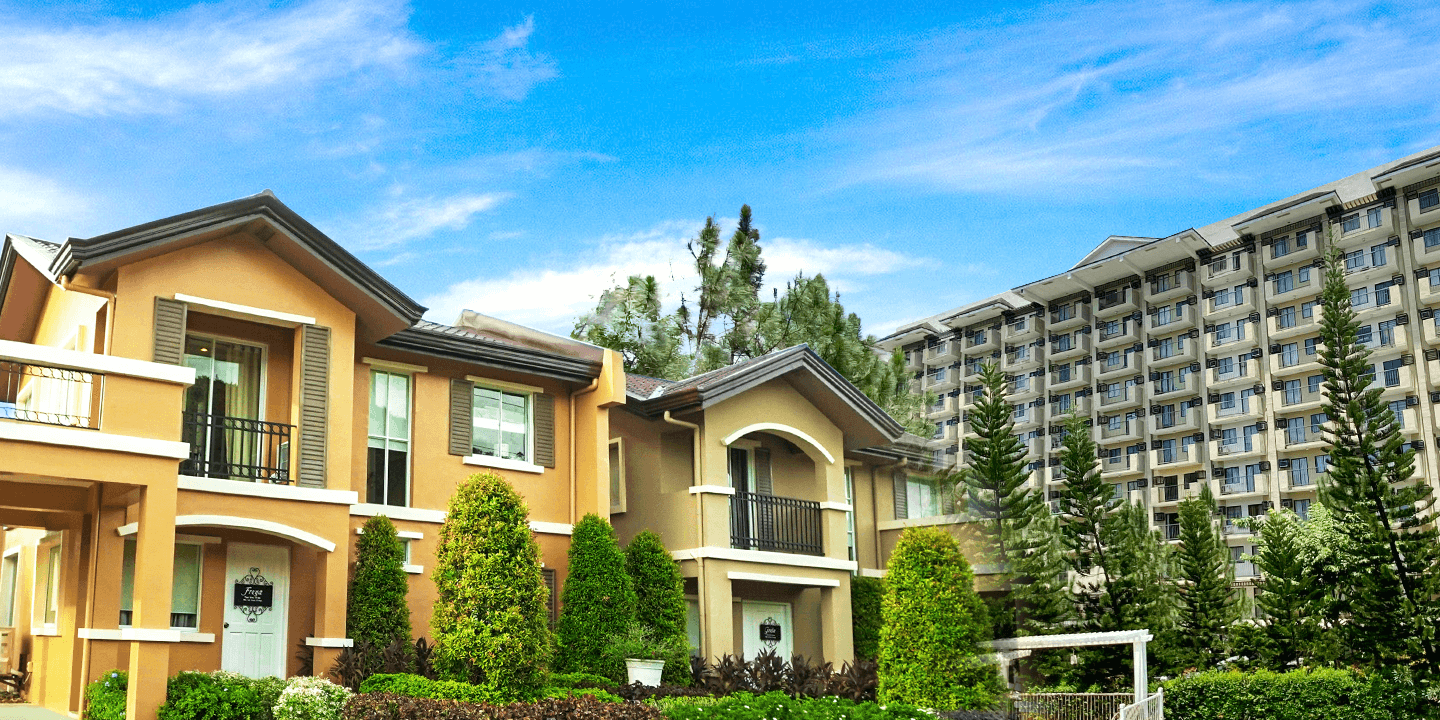
Celebrate Life’s Milestones in Camella!
House and Lot & Condominium for Sale in the Philippines
